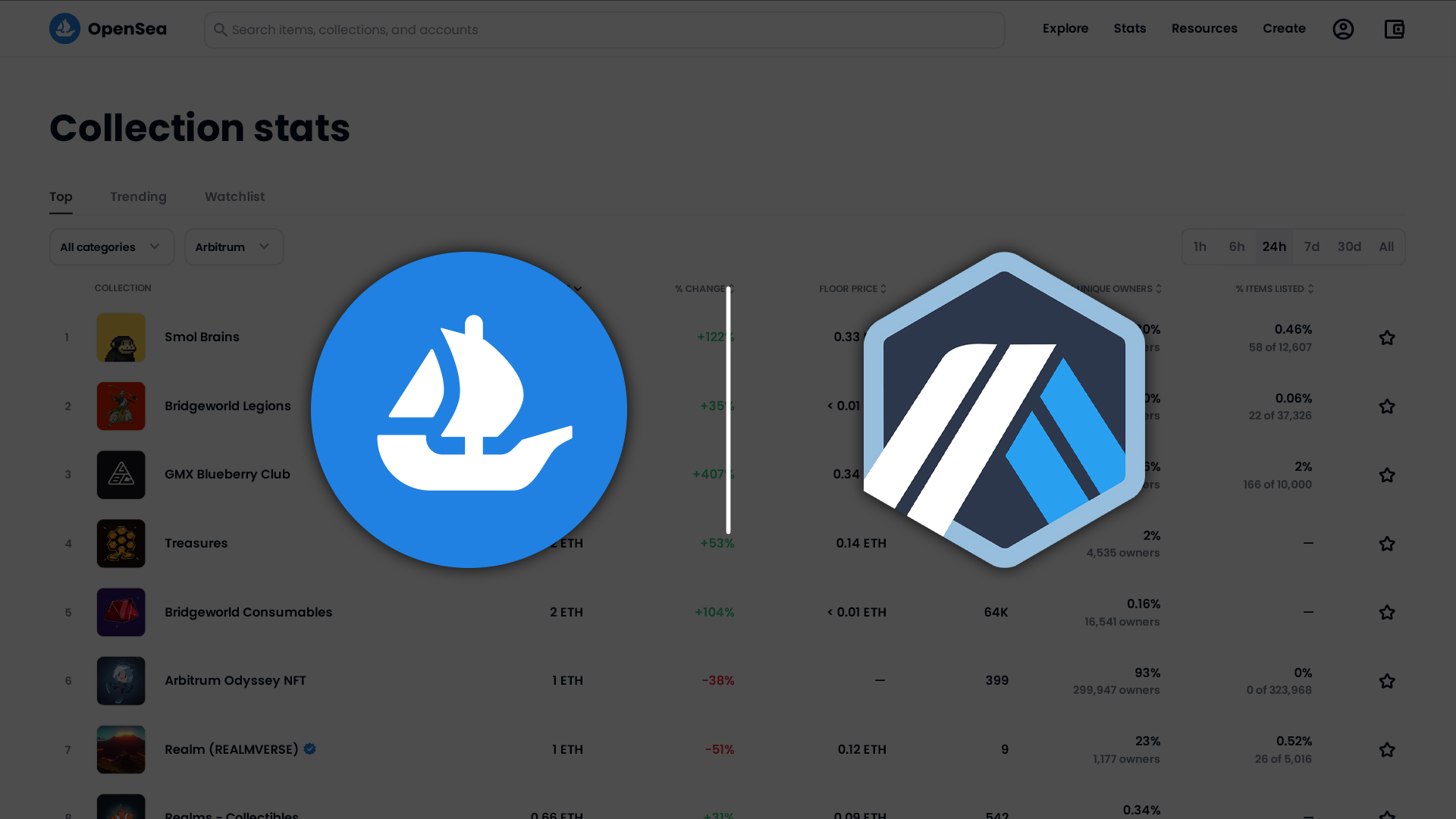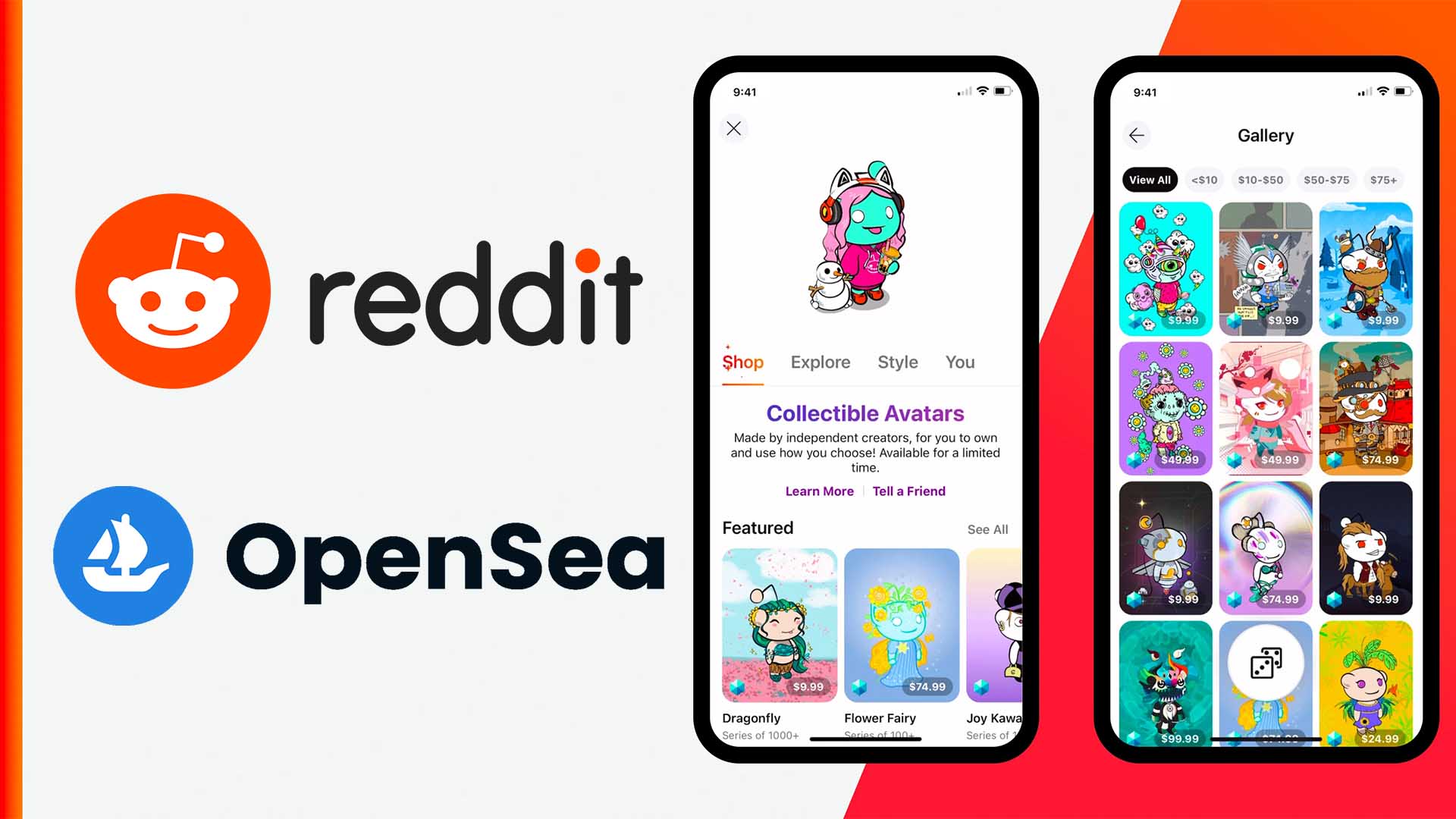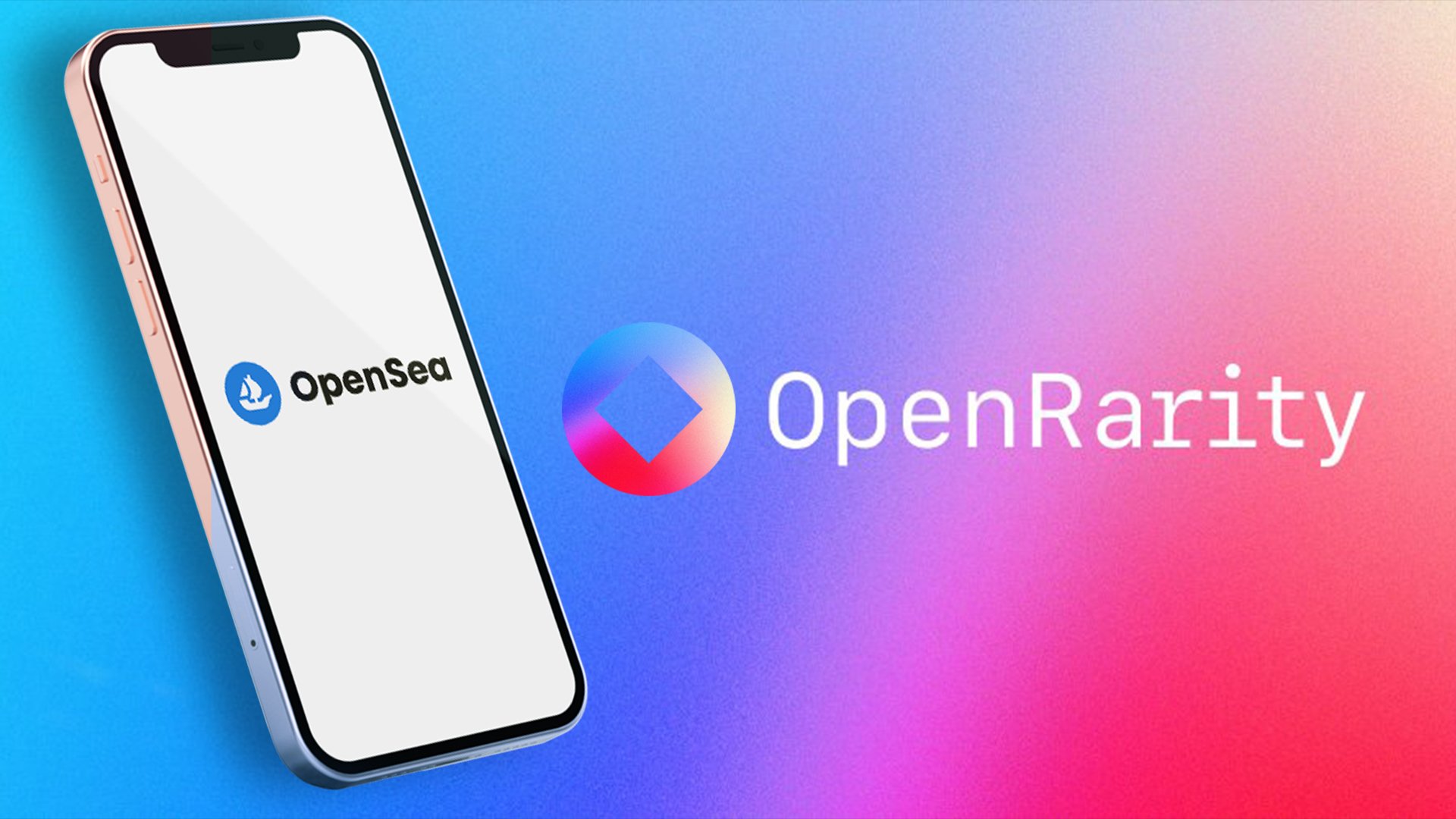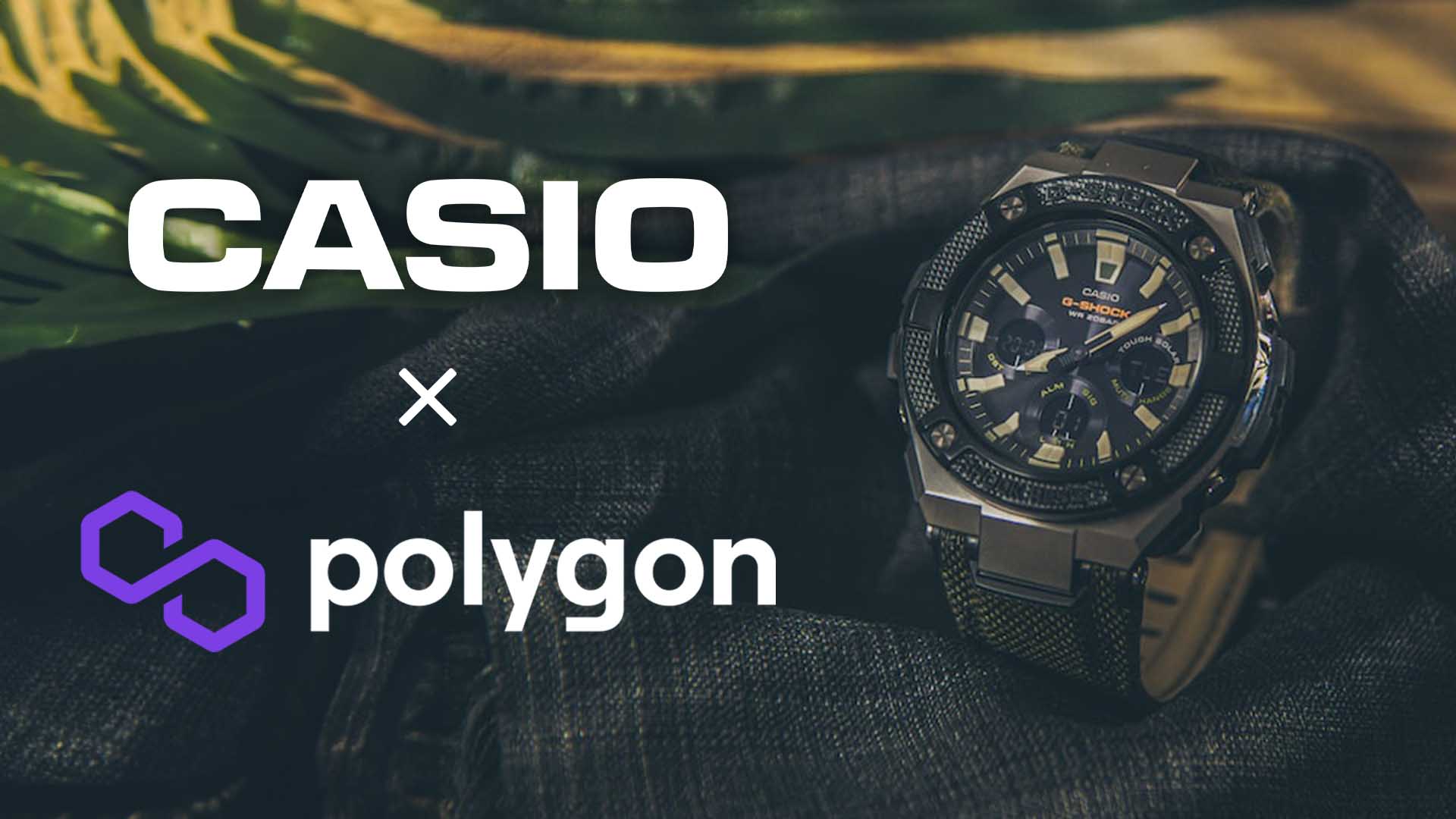The world’s biggest NFT marketplace based on sales volume, OpenSea, went public on September 19 with its plans to add Arbitrum to its portfolio of Layer 2 solutions. This partnership will allow NFT creators on OpenSea to list and decide the prices of their NFTs on Arbitrum. OpenSea shared its optimism about providing its NFT creators with another means to mint and sell tokens.
The OpenSea x Arbitrum collaboration will develop relationships between OpenSea and projects which have integrated Arbitrum, including Diamond Pepes, GMX Blueberry Child, and Smolverse.
Presently, the NFT marketplace presents its users with tokens minted on Klaytn, Polygon, Solana, and Ethereum. NFT Scan reports that non-fungible tokens on Arbitrum have a lifetime volume of 9,828 ETH while NFTs on Ethereum have a lifetime volume of about 23.5 million ETH.
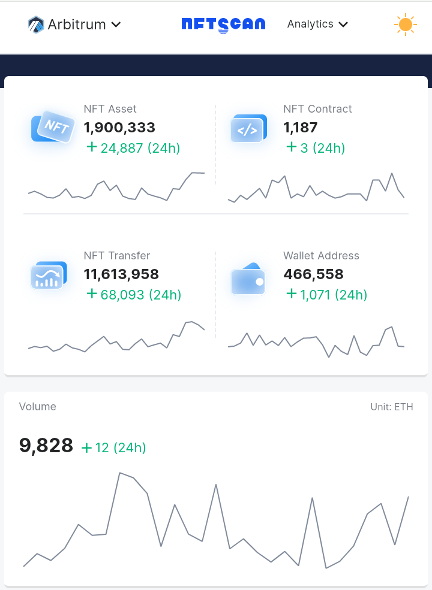
With the addition of the new Ethereum-supporting L-2 blockchain, OpenSea has begun implementing its strategies to reach a Web3 future where interested parties can buy their desired token on blockchains they prefer.
OpenSea has also brought some upgrades to its homepage with this collaboration. This new update will allow NFT artists on OpenSea to display their collections on the marketplace’s homepage with unique drop pages and higher discoverability, thus providing them with a safe and addictive minting experience.
Recently, OpenSea welcomed a couple of layer-2 blockchains, including Polygon and Immutable X. OpenSea announced its collaboration with Immutable X on March 31, 2021. This news sparked some excitement in the NFT community.
Immutable X is the premier Ethereum-compatible Layer 2 scaling solution for NFTs. It provides its users with zero Ethereum gas fees, instantaneous trade confirmations, and massive scalability with over 9000 transactions every second. This collaboration also paved the way for the NFT marketplace to introduce new projects using Immutable X protocol, such as Guild of Guardians, Illuvium, Gods Unchained, and Mintable.
On August 30 this year, OpenSea added Polygon, another Layer 2 scaling support, to its Seaport protocol. This integration happened two months after OpenSea revealed its transition from Wyvern protocol to Seaport, an open-source Web3 protocol. With this move to Seaport, OpenSea would save almost half a million dollars in its Ethereum fees yearly. The transition was also made to eliminate account setup fees for new OpenSea customers and simplify signature confirmation actions.
After the change, OpenSea then decided to integrate the L-2 scaling solution, Polygon, into Seaport. Integrating Polygon into OpenSea’s protocol has increased the number of transactions on the NFT marketplace. Polygon was responsible for 49% of transactions on OpenSea for September 2021.
L-2 scaling solutions are created to assist with scalability by taking care of trades of the Ethereum blockchain, a Layer 1 (L-1) network. Layer 2 solutions are designed to improve the minting and trading of NFTs. OpenSea’s collaborations with these Layer 2 solutions will be of immense help to NFT buyers and developers on these platforms.
 Lifted A.
Lifted A.